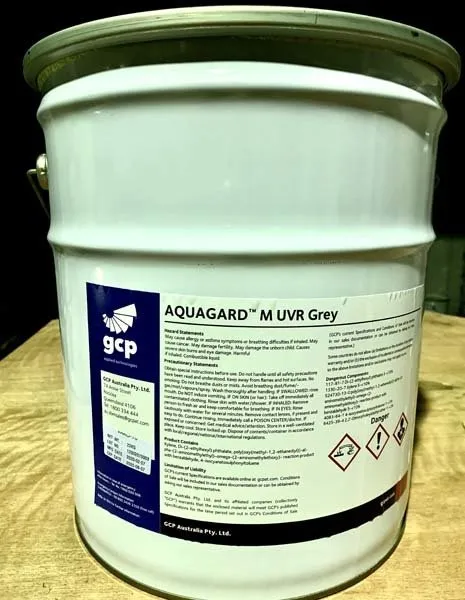Description
A one-part, liquid applied, high solids, polyurethane (PU) waterproofing membrane. It is formulated for simple, high build application to horizontal substrates. After application, the product cures through reaction with ambient humidity, forming a flexible, elastomeric membrane.
